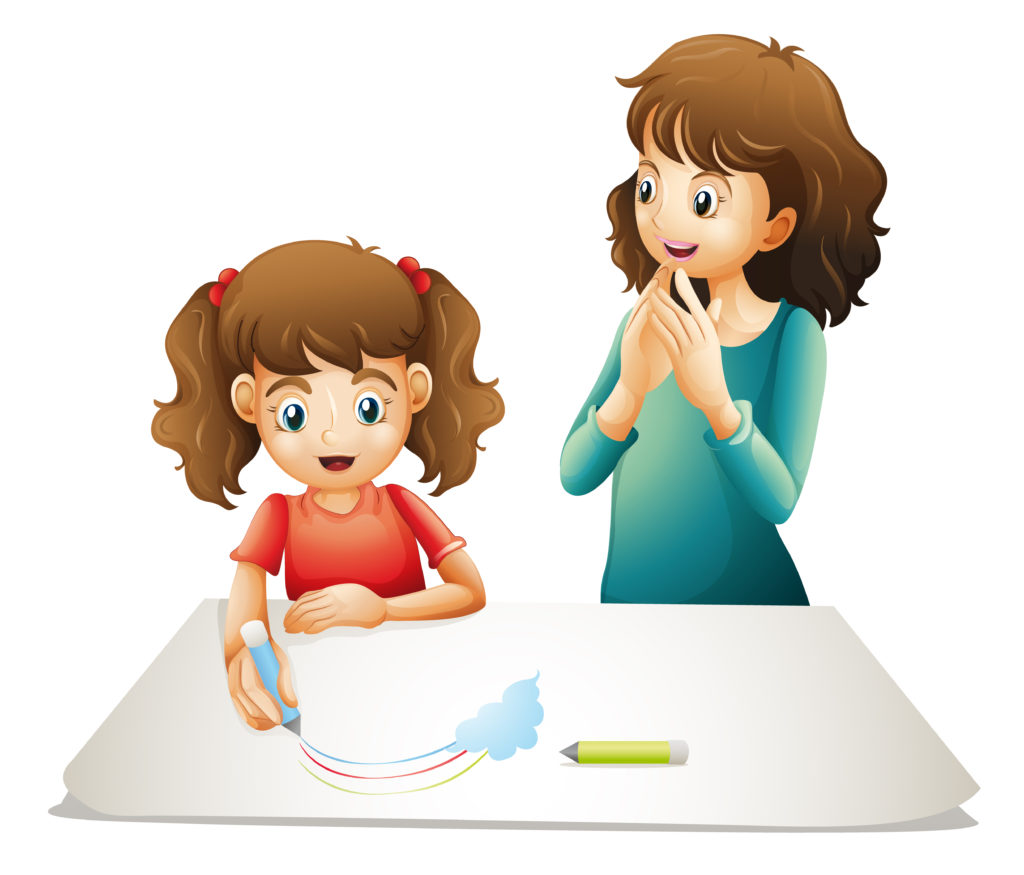What is the Family Plan?
Dinolingo’s Ultimate Family Subscription Plan provides a straightforward way for families with children aged 2 to 14 to access language learning. With this plan, you can add up to six children to your account and choose from 50 different languages.
Priced at $19 per month or $199 annually, this popular plan offers flexibility and convenience, allowing you to cancel at any time.


Can I cancel my plan if my child does not like it?
Certainly. We offer a 7 day free trial, if you cancel within the first week you will not be charged at all. If it’s not canceled, your subscription will officially start on the seventh day and you will be charged on a month-to-month basis. after that you can cancel anytime, no obligations, no contracts or risks. Canceling is super easy, enter yiur email on our customer portal here. See here for how to cancel?

What is the target age?
Dinolingo online language learning program is recommended for children between 2 and 14 years old, including preschoolers, kindergarteners, elementary school, middle school, and young high school students.
How of then should my child study Dinolingo?
Consistency is the key to success. 15 to 30 minutes a day is great. The Dinolingo leadership team are parents first, for this reason our learning experience is designed with short, effective, and focused videos and games that are manageable for parents at home learning and teachers to teach in classrooms.


What will my child learn?
Dinolingo’s ultimate family subscription allows you to add up to 6 children and they can learn up to 50 languages with one plan. The plan is $19 a month or $199 a year. Cancel anytime.
Can I cancel if I or my child does not like it?
Certainly. We offer a 7 day free trial, if you cancel within the first week you will not be charged at all. Your subscription will officially start on the seventh day and you can cancel anytime, no obligations, contracts or risks.

What is the target age?
Dinolingo online language learning program is recommended for children between 2 and 14 years old, including preschoolers, kindergarteners, elementary school, middle school, and young high school students.
What will my child learn?
All children learn differently. Standardized studies show that with 15 to 30 minutes of practice time each day on Dinolingo, most children start comprehending common words and phrases in the target language within a week. After three weeks, children can name everyday objects and within three months of practice, they accumulate 120+ new words and phrases of vocabulary in the language.
When will my children learn?
All children learn differently. Standardized studies show that with 15 to 30 minutes of practice time each day on Dinolingo, most children start comprehending common words and phrases in the target language within a week. After three weeks, children can name everyday objects and within three months of practice, they accumulate 120+ new words and phrases of vocabulary in the language.
How of then should my child study Dinolingo?
Consistency is the key to success. Once a day and every day for 15 to 30 minutes online with Dinolingo will be sufficient and not too overwhelming. The American Academy of Pediatrics (AAP) recommends children should be limited to online exposure with no more than one hour per day of high-quality programming. The Dinolingo leadership team are parents first, for this reason our learning experience is designed with short, effective, and focused videos and games that are manageable for parents at home learning and teachers to teach in classrooms. Additionally, our experienced language development team has mindfully created a comprehensive offline language learning experience that includes printable worksheets, flashcards, posters, and more. Go to “Lesson Plan” on your account, print, and have fun.
What is the target age?
Dinolingo online language course is ideal for children between 2 and 14 years old, including preschoolers, kindergarteners, elementary school, middle school, and high school students.
What is the target age?
Dinolingo online language course is ideal for children between 2 and 14 years old, including preschoolers, kindergarteners, elementary school, middle school, and high school students.
What is the target age?
Dinolingo online language course is ideal for children between 2 and 14 years old, including preschoolers, kindergarteners, elementary school, middle school, and high school students.
What is the target age?
Dinolingo online language course is ideal for children between 2 and 14 years old, including preschoolers, kindergarteners, elementary school, middle school, and high school students.
What is the target age?
Dinolingo online language course is ideal for children between 2 and 14 years old, including preschoolers, kindergarteners, elementary school, middle school, and high school students.
What is the target age?
Dinolingo online language course is ideal for children between 2 and 14 years old, including preschoolers, kindergarteners, elementary school, middle school, and high school students.
Consistency is the key. It is important to remember to login and practice once a day.
Repeat
Repetition is a great way to learn a new language. You will notice your child repeating the words and phrases, which is great. Let them repeat the same section, lesson or game as many times as they wish. Repetition equals results.
Engage
Language learning is more like a social activity. Take the time to ask their thoughts on what is happening in the story. Make silly mistakes and let them correct you over and over until you get it right. Keep the conversation going.If you know the language, play bilingual family games or sing songs with your child in order to make this process more enjoyable and immersive for the entire family.
Check Reports
Look at the `Reports` page at least once a week. You will find the `dinosaur score, star score, book score, etc`. Share their reports by telling them how much they have been learning and feel free to test their knowledge by asking what means what etc.
